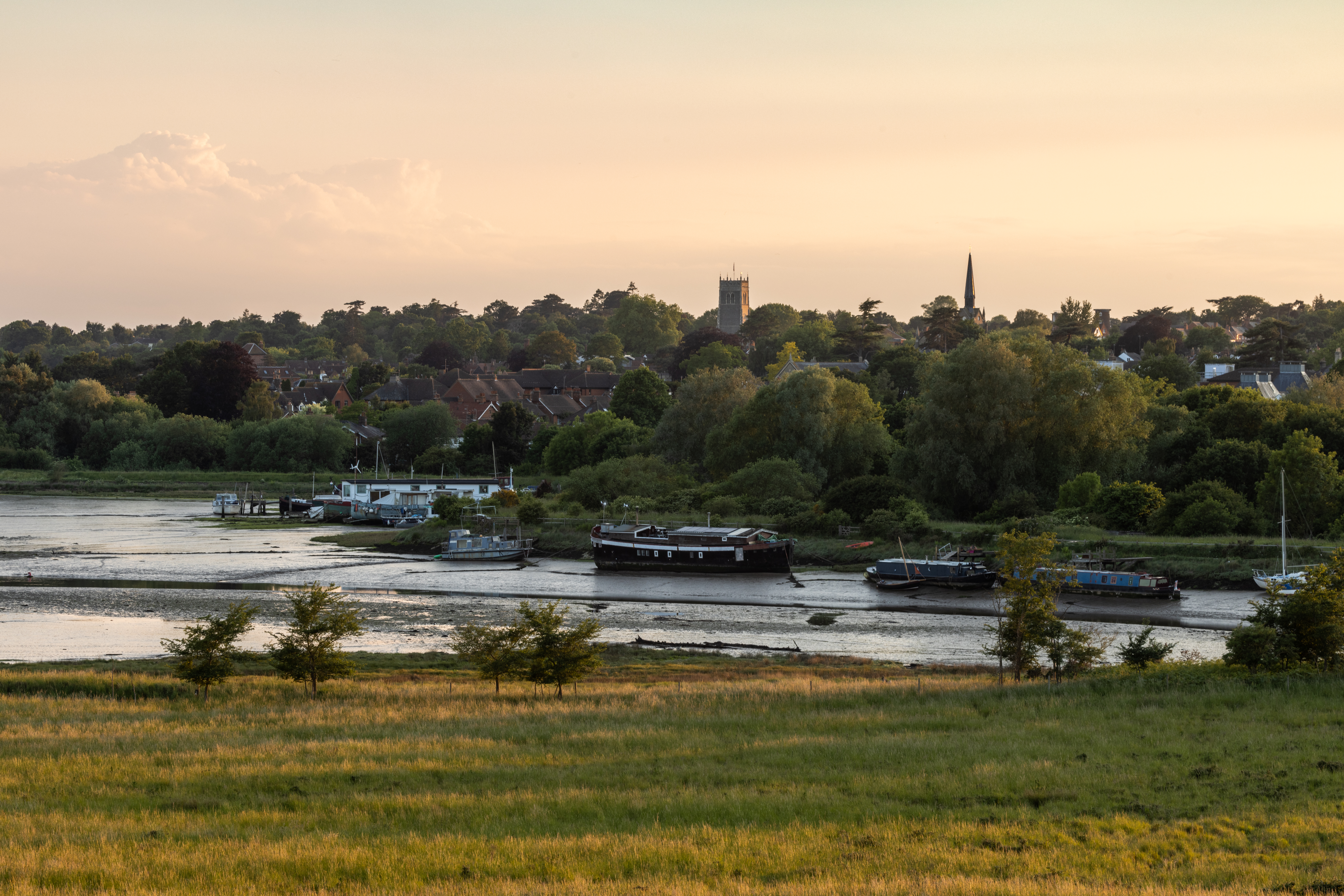Historic riverside land next to Sutton Hoo Anglo-Saxon burial site bought by National Trust

A beautiful and historic area of grassland near to Sutton Hoo in Suffolk has been secured for future generations after it was bought by the National Trust for £1.9m.
The 27-acre site at Little Haugh on the River Deben is important because of its location next to the Sutton Hoo Anglo-Saxon burial ground.
A 7th-century long ship was discovered at Sutton Hoo in 1939 and is believed to be the resting place of King Raedwald.
The purchase of Little Haugh will help visitors understand why this site was chosen as the final resting place of Anglo-Saxon royalty.
This site and new walking routes will be opened to visitors in 2023.
Allison Girling, property operations manager at Sutton Hoo, said: “We’re excited to be able to share the news that we’ve acquired Little Haugh and what this will mean for our visitors.
"Being able to provide closer access to the river, will help our visitors understand Sutton Hoo’s position in the landscape, which for many, has been a missing piece in the jigsaw puzzle.
“The newly purchased land is within the Suffolk Coast & Heaths area of outstanding natural beauty.
"From here, visitors will be able to enjoy views of the estuary and Woodbridge across the water, which is where a full-size replica of the Sutton Hoo ship is currently being constructed by a local charity, The Sutton Hoo Ships Company."
Ms Girling added: “This estuary is internationally designated as a special protection area for its wintering avocet and dark-bellied brent goose.
"It is also of national importance for its winter populations of redshank, shelduck and black-tailed godwit.
“We are also aware of a population of the rare narrow-mouthed whorl snail close to the water’s edge, so It is therefore important that we are sensitive to wildlife as we develop or plans to enable our visitors to enjoy views of the saltmarsh and mudflats and witness nature’s beauty throughout the seasons.”
The sale of Little Haugh also included two further acres of woodland, ponds, a four-bedroom thatched house that was formerly two cottages dating back to the 17th century and a converted barn, boat shed and workshop.
The future use of these buildings will now be explored.